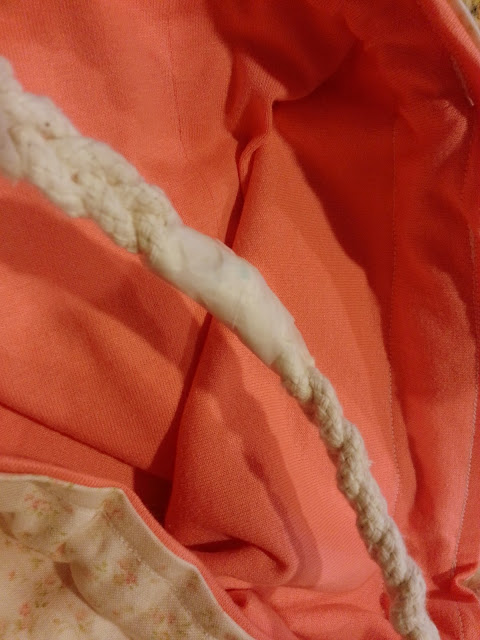Finally I start my summer internship at a pathology lab tomorrow. With "free" summer time coming to a close, I just barely fit in the finishing touches on project #3. I got the idea for this sign this past February after seeing one with different words. A couple of weeks ago I was inspired by this blog to try a weathered wooden look. I am very pleased with the way it turned out! Hope you like it!
The Finished Product:
What will you need?
- Old wood scraps
- Sanding block and sand paper (60 and 120 grit)
- Wood filler
- Wood stain
- Paint brush and paint stirrer
- White (or any color) spray paint
- Small finishing nails (1 1/4")
- 2 eye hooks
- Wire
- Acrylic paint and a small paint brush
- Printer
- A clear coat spray paint sealer
Step #1: Find your wood and cut it to size. I used old scraps my dad had lying around. The front pieces of the sign are 2 1/2" x 5/8" and I cut each of them to an 18" length. The two pieces on the back of the sign are 1" x 1" and I cut each of them to a 16 1/4" length.
Step #2: Sand, sand, and sand some more with coarse sand paper. Some of these scraps were extra crappy and a few had mold which isn't ideal. Make sure when you are sanding your old wood you wear a mask; no project is worth inhaling mold spores that may be released from the wood during sanding. I used 60 grit to go over all pieces until they were a normal wood color with no marks or dirt. With 60 grit make sure you sand with the grain of the wood, because you will notice if you go against the grain.
Here is the wood post-60 grit:
Step #3: Blemish fixing. If there are any spots on the wood that you absolutely cannot live with, now is the time to fill. I had two extra-ugly knots that I filled with an Elmer's wood filler that is stainable. Follow the directions on your wood filler for application and drying time!
At least that's a little better!
Step #4: Sand again. This time with a finer grit, 120. This will make the wood very smooth and will take off the excess wood filler from the filling process.
Step #5: Staining time! I used Minwax dark walnut. It came out fairly dark which I liked for the weathered feel. I know some of the wood stained a little lighter, but my whole goal was to have a somewhat banged-up looking final project so I just did the one coat. Follow the directions on your stain for application and drying!
Step #6: Spray paint your sides. I lined all of my wood pieces up on edge and spray painted the edges. Once the sign is put together, getting spray paint into these spaces will be very difficult so I just did them before I put it together!
The back all finished!
A close-up of the eye hook
And the front all finished!
Step #8: Spray paint the entire thing! Two coats, front and back!
Step #9: Sanding, again! I used 120 grit to go over the front of the sign until I got it to the desired look. Go with the grain! To get the edges of each slat, I ran a piece of sand paper between the openings and ran it back and forth over the edge. As far as the back of the sign goes, I went with the grain on the two back pieces but then gave up and just sanded the rest however I felt easiest.
Step #10: Add your wire. I used one I found in the basement. Any wire will do so long as its sturdy enough to be used for hanging.
Step #11: Lettering. This was by far the trickiest part because I really didn't want to purchase stencils. Instead I printed out the words from my computer. I used MV Boli bolded font at size 190 (what?!) with a 5pt spacing between the letters. Next I cut out the words, flipped them over and traced their outline on the back of the paper. Now when you place the words over the sign and trace the outline it will press the pencil from the back onto the sign. Once I had all of the lettering traced on the sign I painted the letters on using Americana "Burnt Umber" acrylic paint.
Step #11: Finally add a clear coat of spray paint to seal everything over and give the piece a bit of gloss! It doesn't really show in this photo but it certainly does in real life!
All done! Hope you liked it!












































